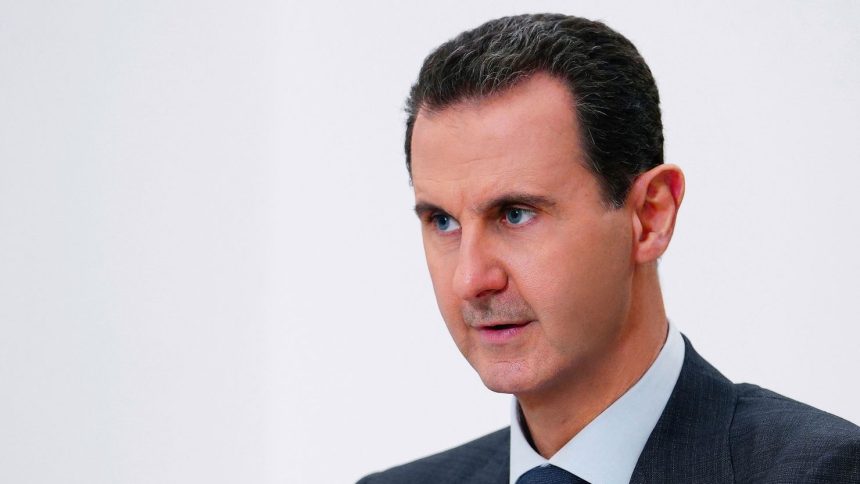Syrian President Bashar al-Assad and his family have reportedly landed in Moscow, where they have been granted asylum by Russia. This development comes mere hours after Islamist-led rebels seized control of Damascus, marking the end of more than five decades of Assad family rule in Syria.
Assad’s departure signals a historic shift for Syria, where his family’s grip on power began in 1970 with his father, Hafez al-Assad. For decades, the Assad dynasty ruled with an iron fist, quashing dissent and imposing a brutal regime.
But years of war, economic collapse, and widespread discontent culminated in a lightning offensive by the Islamist Hayat Tahrir al-Sham (HTS) group, forcing Assad to flee his homeland.
“After 50 years of oppression under Baath rule, and 13 years of crimes, tyranny, and displacement… we announce today the end of this dark period and the start of a new era for Syria,” the rebel factions declared in a statement on Telegram.

Speculation about Assad’s whereabouts dominated social media on Sunday, as flight trackers observed a mysterious Syrian Air plane departing Damascus around the time the capital fell. Initially headed toward Syria’s coastal region—a stronghold of Assad’s Alawite sect—the plane made an abrupt U-turn and disappeared from radar.
READ ALSO: John Mahama’s Triumphant Return: Ghana’s Former President Wins Election
While theories circulated about a possible shoot-down or technical failure, Russian state media later confirmed that Assad and his family had arrived safely in Moscow. “Russia granted them asylum on humanitarian grounds,” a Kremlin source told TASS and RIA Novosti.
HTS, an Islamist faction with roots in Al-Qaeda, has taken a prominent role in the rebellion. Once considered a pariah by Western governments and designated as a terrorist organization, HTS has sought to reshape its image in recent years.
The group’s leader, Abu Mohammed al-Jolani, made a symbolic appearance at the iconic Umayyad Mosque in Damascus, where jubilant crowds greeted him with smiles and embraces. Across Syria, citizens toppled statues of Hafez al-Assad in a symbolic rejection of the old regime.

As HTS fighters entered Damascus, they also stormed Sednaya Prison, infamous for the abuses and atrocities committed within its walls. The rebels declared the operation an “end to the era of tyranny,” liberating prisoners who had been held in inhumane conditions under Assad’s rule.
The fall of Damascus came less than two weeks after HTS began its offensive on November 27. Strategic victories, including the capture of Homs, propelled the group’s momentum and ultimately led to Assad’s downfall.
READ ALSO: Yuan and Euro Losses Ripple Through Emerging Markets
UN war crimes investigators described the developments as a “historic new beginning” for Syria, urging the new leadership to prioritize justice and avoid repeating the atrocities of the past.
The international community has closely followed the extraordinary developments in Syria. U.S. President Joe Biden expressed concern while emphasizing the need for a peaceful transition. “President Biden and his team are monitoring the situation and maintaining close contact with regional partners,” the White House stated.

Meanwhile, President-elect Donald Trump commented on Assad’s flight from Syria, noting that it followed a withdrawal of Russian support. “Assad has fled his country after losing the backing of his protector, Russia,” Trump stated.
The swift collapse of Assad’s regime has left Syria at a crossroads. While many Syrians celebrate the end of decades-long oppression, the path forward remains uncertain. The new leadership, spearheaded by HTS, faces the immense challenge of rebuilding a country shattered by war, economic hardship, and displacement.

